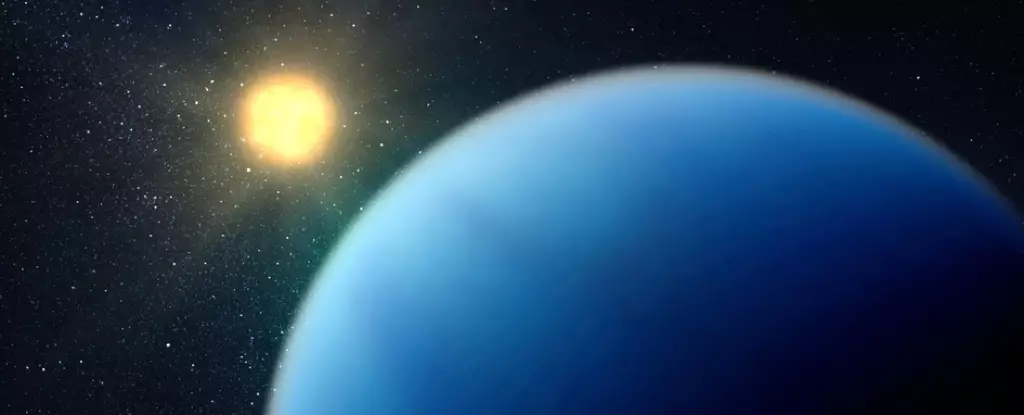In the vast expanse of the universe, NASA scientists have made a puzzling discovery – a group of planets that seem to be shrinking. While there is a variety of exoplanets, including gas giants, rocky globes, and even “super-puffs”, there is a peculiar absence of planets that are 1.5 to two times the width of Earth. This gap has caught the attention of scientists and raises questions about what could be causing this phenomenon.
Researchers have gathered enough data to confirm that the absence of planets in this size range is not a mere coincidence. Jessie Christiansen, a research scientist at Caltech and science lead for the NASA Exoplanet Archive, explains, “There’s something going on that impedes planets from reaching and/or staying at this size.” This revelation opens up a realm of possibilities and piques the curiosity of scientists eager to understand the underlying causes.
One possible explanation put forth by Christiansen’s research is a process called “core-powered mass loss.” Radiation emitted from a planet’s core pushes its atmosphere away, gradually causing the planet to shrink in size. This hypothesis suggests that shrinking exoplanets lack the necessary mass and gravity to hold their atmospheres close. While the exact mechanism of atmosphere loss remains unclear, core-powered mass loss emerges as a plausible explanation.
Challenging Existing Theories
Another hypothesis known as photoevaporation proposes that a planet’s atmosphere dissipates due to the radiation from its host star. However, this theory assumes that photoevaporation occurs within the first 100 million years of a planet’s existence. In contrast, core-powered mass loss could take place closer to a planet’s one billionth birthday. In order to test these hypotheses, Christiansen’s team turned to data from NASA’s retired Kepler Space Telescope, examining star clusters that were over 100 million years old. The findings suggest that core-powered mass loss is a more likely cause of eventual atmosphere loss in these planets.
While the latest research supports the core-powered mass loss hypothesis, it is important to note that there is ongoing debate among scientists. Recent work indicates that both core-powered mass loss and photoevaporation may play a role in the ongoing mass-loss sequence of shrinking exoplanets. As Christiansen herself acknowledges, “the mystery isn’t solved yet.”
As scientists delve deeper into the study of exoplanets, our understanding of these distant worlds will evolve. The quest to unravel the mystery behind the shrinking exoplanets is far from over. Jessie Christiansen and her team are determined to uncover more insights and gain a deeper understanding of this fascinating phenomenon. With increased knowledge and technological advancements, the enigma of the vanishing worlds may one day be firmly resolved. Until then, astronomers will continue to explore the vastness of space, seeking answers to the countless mysteries that lie beyond.


Leave a Reply